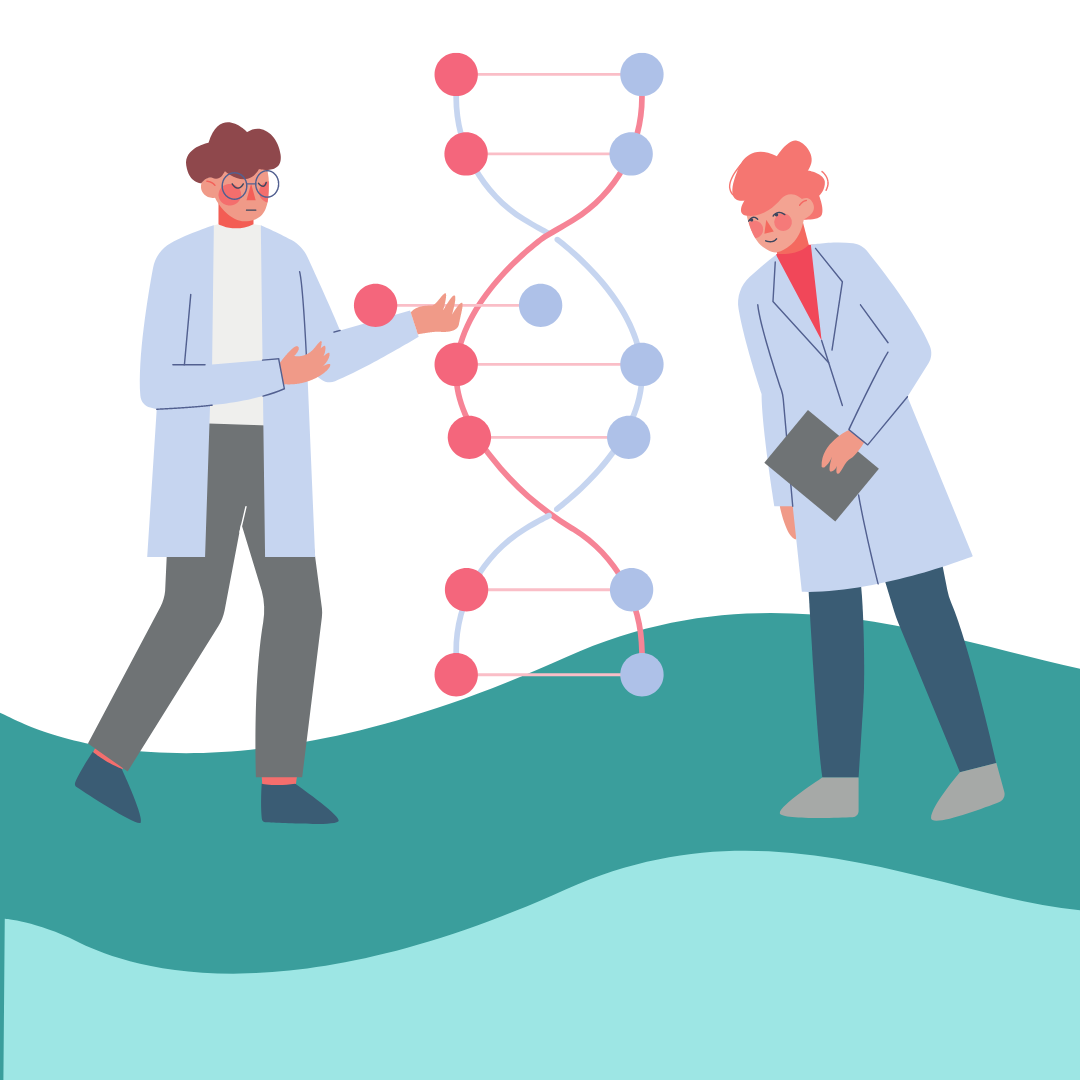A ‘Lobby’ Where a Molecule Mob Tells Genes What to Do
By Philip Ball,
Quanta Magazine
| 02. 14. 2024
The discovery during the Human Genome Project in the early 2000s that we humans have only about 20,000 protein-coding genes — about as many as the tiny soil-dwelling nematode worm, and less than half as many as the rice plant — came as a shock. That blow to our pride was softened, though, by the idea that the human genome is rich in regulatory connections. Our genes interact in a dense network, in which pieces of DNA and the molecules they encode (RNA and proteins) control the “expression” of other genes, influencing whether they make their respective RNA and proteins. To understand the human genome, we needed to understand this process of gene regulation.
That task, however, is proving to be much harder than decoding the sequence of the genome.
Initially, it was suspected that gene regulation was a simple matter of one gene product acting as an on/off switch for another gene, in digital fashion. In the 1960s, the French biologists François Jacob and Jacques Monod first elucidated a gene regulatory process in mechanistic detail: In Escherichia coli bacteria...
Related Articles
Following a long-standing CGS tradition, we present a selection of our favorite Biopolitical Times posts of the past year.
In 2025, we published up to four posts every month, written by 12 authors (staff, consultants and allies), some in collaboration and one simply credited to CGS.
These titles are presented in chronological order, except for three In Memoriam notices, which follow. Many more posts that are worth your time can be found in the archive. Scroll down and “VIEW...
By Jonathan Matthews, GMWatch | 12.11.2025
In our first article in this series, we investigated the dark PR tactics that have accompanied Colossal Bioscience’s de-extinction disinformation campaign, in which transgenic cloned grey wolves have been showcased to the world as resurrected dire wolves – a...
By Jenny Lange, BioNews | 12.01.2025
A UK toddler with a rare genetic condition was the first person to receive a new gene therapy that appears to halt disease progression.
Oliver, now three years old, has Hunter syndrome, an inherited genetic disorder that leads to physical...
By Simar Bajaj, The New York Times | 11.27.2025
A common cold was enough to kill Cora Oakley.
Born in Morristown, N.J., with virtually no immune system, Cora was diagnosed with severe combined immunodeficiency, a rare genetic condition that leaves the body without key white blood cells.
It’s better...




